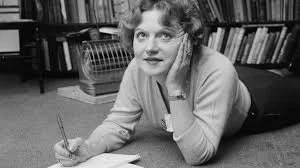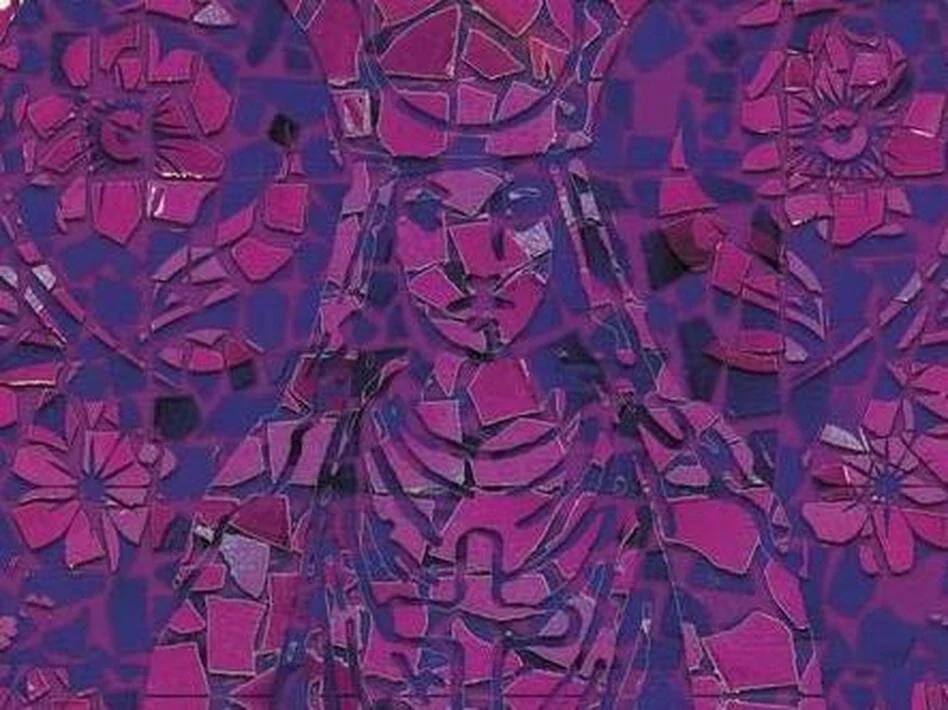This week at Fiction Unbound, I’m going to dive into one of my favorite types of speculative fiction, historical fiction, with Whitney Scharer’s The Age of Light. The fun of historical fiction is that authors get to speculate on real-life characters and events. They breathe life into people, places, and times that we can no longer access. They give us an intimate glimpse of who real historical figures could have been, thoughts they may have had, things that might have happened a certain way. If the author does their homework, the reader gains a front row seat to history, albeit with more than a touch of artistic license to imbue the story with enough scintillation for the modern day reader.
Done right, historical fiction can be the most fun speculative fiction. Done wrong, and it can become a sort of fun house mirror version of reality. You can never be sure what you’re going to get. Fortunately, The Age of Light is no fun house mirror. This novel is a luscious glimpse into a very specific period of the life of famous artist and photographer, Lee Miller. Predominantly set in early 1930s Paris, the story focuses on Miller’s relationship with uber-famous photographer, Man Ray. More importantly, it gives a voice to Lee Miller at the very start of her career as an artist, and brings her boldly out from the shadow of Man Ray.
We are very fond of stories that give a voice to an underrepresented female perspective, and Scharer accomplishes this brilliantly. The Age of Light imbues Scharer’s version of Lee Miller with a vivid, striking voice that does not, will not shy away from all the elements that made up this brilliant and complicated woman.
Photo by Thomas Kelley on Unsplash
Miller began her career as a model at Vogue in the 20’s, quickly becoming known for her beauty, but her true passion was in taking the photographs, not being in them. She arrived in Paris in 1929, became an assistant to famous Surrealist Man Ray. At Man Ray’s side, Miller’s talents grew and she quickly became an artist in her own right. She discovered a new photography technique called solarization. Later, she was one of the first female war correspondents, documenting the battlefields of war-torn Europe during World War II. While Scharer dips a little into Lee’s later life and the war-time years, the vast majority of this story is set during Miller’s passionate romance with Man Ray.
I think it is particularly telling that Scharer focuses on this period of Miller’s life and career. She purposefully draws you into Miller’s world as she stands beside a man who has already made a name for himself and struggles to create an artistic identity all her own. I chose this novel because I have a particular fascination with Paris in the 1930s, and Scharer does not disappoint with the scrumptious Parisian details I crave, but the love story at its core is what really drew me in. As is often the case when we talk about extraordinary women in history, the man taking credit for their work is the villain. By this estimate, Man Ray certainly fits the bill. But Scharer has chosen to paint Man Ray in a more delicate light (pardon the pun). He may have overshadowed her, purposefully or not, you decide, but Scharer shows the love, too.
I have to admit, after reading about Lee Miller’s extraordinary life (she was painted by her good friend, Pablo Picasso, for example), I am disappointed The Age of Light only really delves into her Man Ray years. It was a very short time period in Miller’s life, but one that undoubtedly charted a course for her in all the years that followed. I can see why Scharer focused on this time, but damn if this doesn’t make me wildly curious about Lee Miller in general.
Of course, as with most historical fiction, you already know how things are going to turn out. Lee Miller and Man Ray do not stay together. The pull of this inevitable falling out drove me to continue reading. They seem so happy! I was interested to see how Scharer paints the unavoidable parting of the two lovers. Again, it would have been easy for her to portray Man Ray as a villain throughout, but what makes the novel so fascinating is how much he isn’t made an obvious villain. When the break-up eventually comes, at the very end, it isn’t because Man Ray is a monster. It has more to do with how much he didn’t realize what he’d done was wrong. And isn’t that more realistic? It speaks volumes that Scharer decided to portray him in such a way. Taking credit for Lee Miller’s work was so simple, so easy for him. Isn’t that the way it is for the men who take credit for women’s work throughout history?
It is also Lee Miller herself that drives the ending of the novel. Scharer has done an excellent job of showing the evolution of this character from someone who falls in love with Man Ray to someone who falls out of love with Man Ray. It is not Man Ray’s story, it is Lee Miller’s story. Her strength and unflinching voice come through in a way that makes the ending foreseeable, and not just because you know what’s going to happen. Whitney Scharer has truly captured Lee Miller in a beautiful and visceral way.












Cadwell Turnbull's new novel — the first in a trilogy — imagines the hard, uncertain work of a fantastical justice.